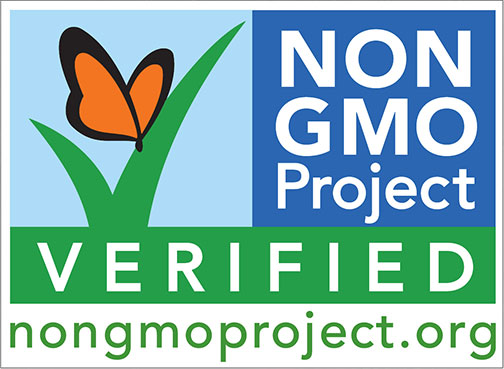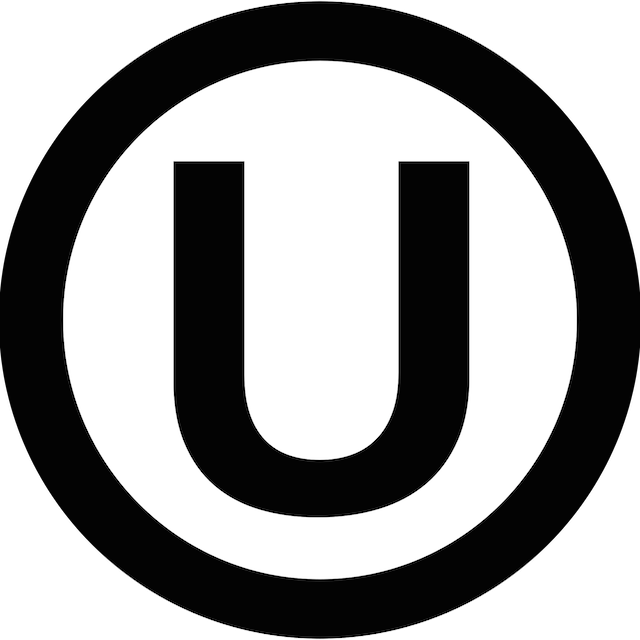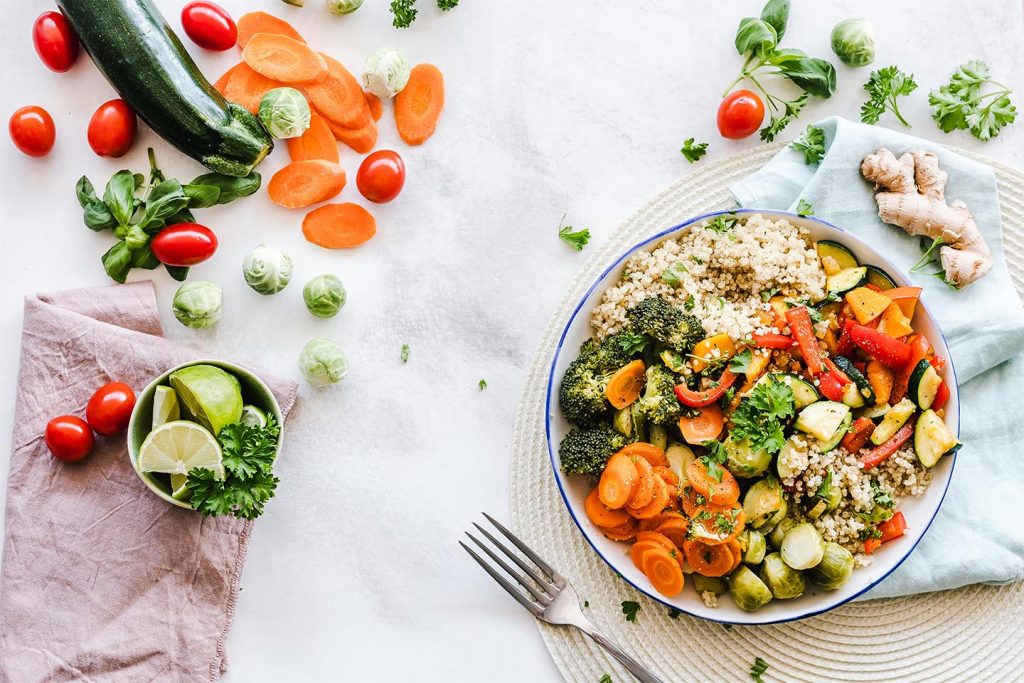Have you ever wondered what the guidelines of certain dietary restrictions are and how to tell when a product is following those guidelines? Look no further! Below we will explain what the different dietary restrictions are and how to tell if a product is following them.
But first, you should know how Crickler plays a role in this blog. At Crickler, we provide a selection of different food options for many dietary restriction needs. If you have a favorite snack/meal you would like to see more of in your breakroom, let us know!
Gluten-Free
A common question asked when discussing the topic of gluten-free foods is, “what is gluten?”. Gluten is the protein in cereal grains such as wheat, barley, and rye. The gluten protein is what gives elasticity to the dough by acting as a glue to hold the food together (Livescience.com). This is what gives baked goods that chewiness texture.
Common foods that contain gluten are pastas, breads, crackers, and seasoning and spice mixes. If you are on a strict gluten-free diet, then it is advised to stay clear from those common foods with gluten. If you are curious about the other foods that contain gluten, click the following link to view a list of them: List of Gluten Foods.
How to Tell if a Product is Gluten-Free
When looking in vending machines or at micro-markets, look for products that say “gluten-free” on the package or has a gluten-free symbol such as the one below. If a package does not specify whether it is gluten-free or not, look at its ingredients to see if that product carries any wheat in it.

Non-GMO
GMO stands for genetically modified food. What that means is that a plant, microorganism, or any other organism whose genetic makeup has been modified in a laboratory using genetic engineering or transgenic technology (NONGMOProject). For example, some corn is modified in a lab to make it resistant to herbicides or to produce an insecticide (bug repellent). Many common foods that contain GMOs are canola oil, maize (corn) and potatoes. Though not all GMOs are bad, some people may prefer to not consume foods that contain GMOs.

Many products that are non-GMO certified will have a label on the package specifying that. Look for the non-GMO symbol on products when searching for a snack.
Vegetarianism
People who follow the guidelines of vegetarianism do not eat meat, but depending on the type of vegetarian diet, dieters will consume eggs and milk. There are four main types of vegetarianism:
- Lacto-Ovo vegetarian. Those who avoid all animal meat but will consume dairy and egg products
- Lacto vegetarian. Those who avoid animal meat and eggs but will consume milk.
- Ovo vegetarian. Those who avoid all animal-derived products except for eggs.
- Vegan. This diet is plant-based only. Meaning no meat products of any kind are consumed. Including milk, eggs and sometimes honey (com).
How to Tell if a Product is Vegetarian or Vegan.
When reading the ingredients of food, look to see if it contains any milk or eggs. If not, then that food should be considered okay for the vegan or vegetarian diet. Many food packages will also state that they are vegan-friendly. Look for those labels as an easier way to tell if a food is vegan-friendly.
Kosher
Kosher is a principle for Jewish traditions that states those following tradition cannot consume certain foods. Foods that are considered Kosher, are acceptable to consume. Foods that are not kosher are fowls and fish (such as pork and rabbit, eagle and owl, catfish and sturgeon), most insects, and any shellfish or reptile (oukosher.org). For the meats that are acceptable to eat, the must be prepared in a particular way. They must be slaughtered in a prescribed manner, and meat and dairy products may not be manufactured or consumed together (oukosher.org).
Some may think that products not made from meat must be kosher, right? Well yes and no. All subunits of a food product must be considered kosher as well. For example, products that are not made from meat must be coated, mixed, topped, etc. with kosher-friendly products as well. Once that has been accomplished, then the product is kosher.
How to Tell if a Food Product is Kosher.
When a product is certified then it is kosher. Kosher certification is when a rabbinic Agency approves the product indicating that they have checked the products’ ingredients, production facility, and actual production to ensure all ingredients, derivatives, tools, and machinery have no trace of non-kosher substances. Products that are certified will have a circle with a U inside of it on the package itself. Look for this symbol on the package of the product to make sure it is kosher-certified.

All Breakroom Needs can be Met Through Crickler.
Crickler Vending offers products that will suit any dietary restriction needs. Contact us today to learn more about the different products we offer and about any other services we provide!
